Arak Traditional Bazaar is one of the first buildings in Arak. Arak Bazaar complex, including baths, mosques, schools, water reservoirs, passages, and caravanserais, was founded during the reign of the Ghajar dynasty by Yousef Khan Gorji, in the central part of Sultanabad (formerly Arak).

History of building & activities
In addition to economic functions, the Bazaar in Iran has always covered other functions besides economic functions, such as social function, religious function, political function, educational function, etc.
The history of Bazar construction dates back to the construction of the old city of Sultanabad (modern-day Arak), and the history of the construction of the city Bazar is the same as the date of construction of the city, as stated in historical documents and books.
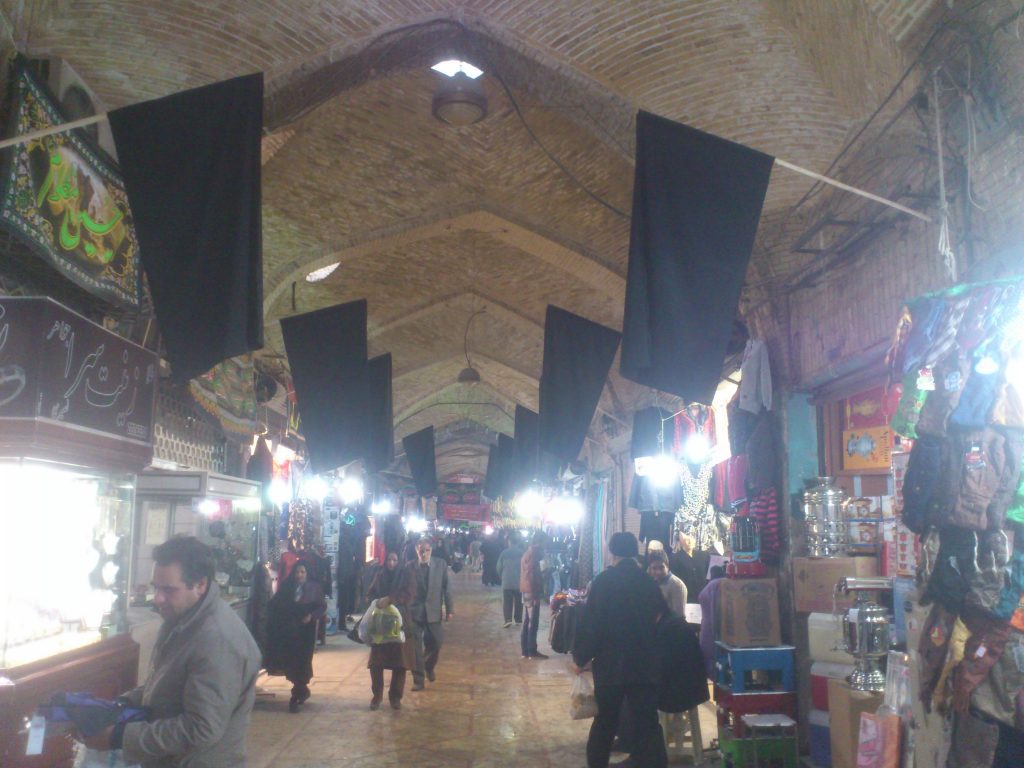
One of the reasons for building the bazaar was the strong economy around the city of Sultanabad. The quality of agricultural products in the Arak region, also the global reputation of Saruk carpets and the need to create a center for selling products, was the main motivation for creating the city and its bazaar economically.
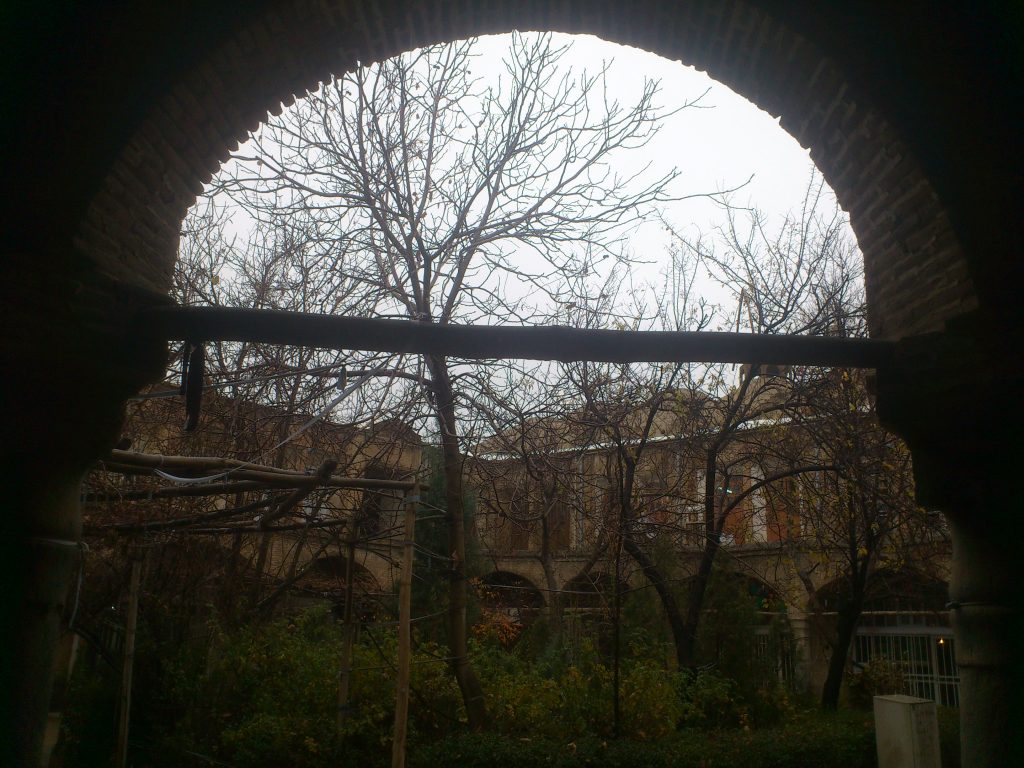
To introduce Arak traditional Bazaar, we would like to introduce you to some common words in the architecture of Iranian bazaar.
Hojre: Hojre is the most important and at the same time the simplest and smallest element in the bazaar. The hojre on the ground floor served as shops and stalls.
Timche: Timcheh means small caravanserai and is the covered part of the caravanserai and was a place to store expensive goods.
Caravanserai: The most important architectural space in the bazaar is the caravanserai. The caravanserai was an introverted space with a central courtyard with hojre on one or two floors on all four sides.
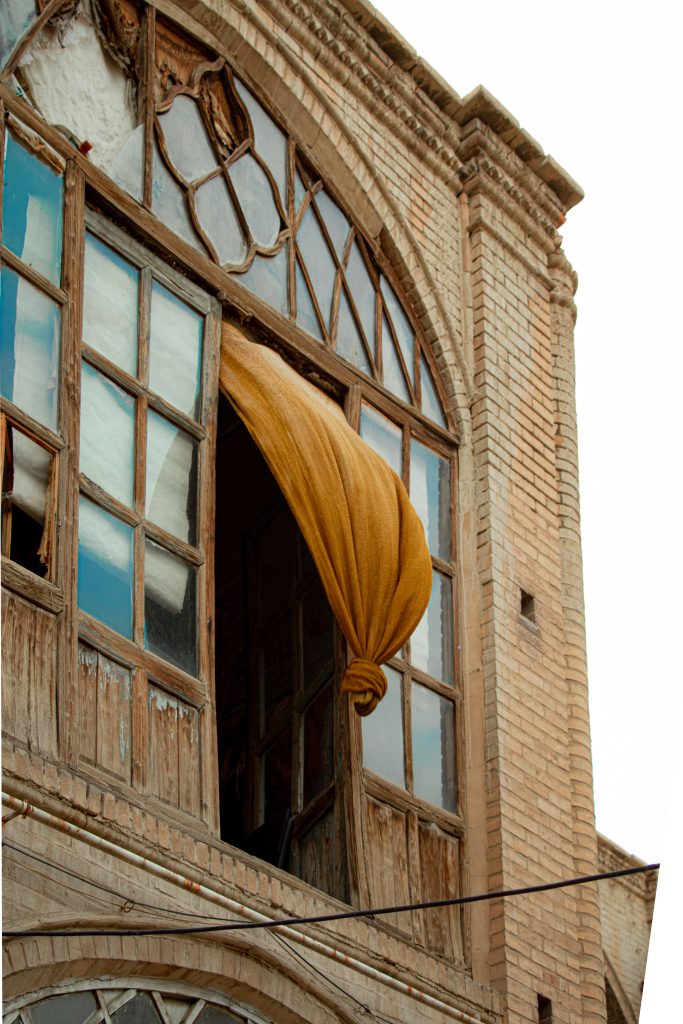
On the routes of the bazaar, there are Saras and Timchehs, the buildings of them are usually two stories high, in some of which merchants or travelers who came to the bazaar from distant places to spend the night on the second floor. Arak traditional bazaar has a variety of Timches. Some of these Timches are known as their founders or the type of goods and products found there.

There are hundreds of shops in the Arak Bazaar, and other places such as private bazaars, waterfronts, stores, and production workshops are located in 20 Sara and Timcheh.
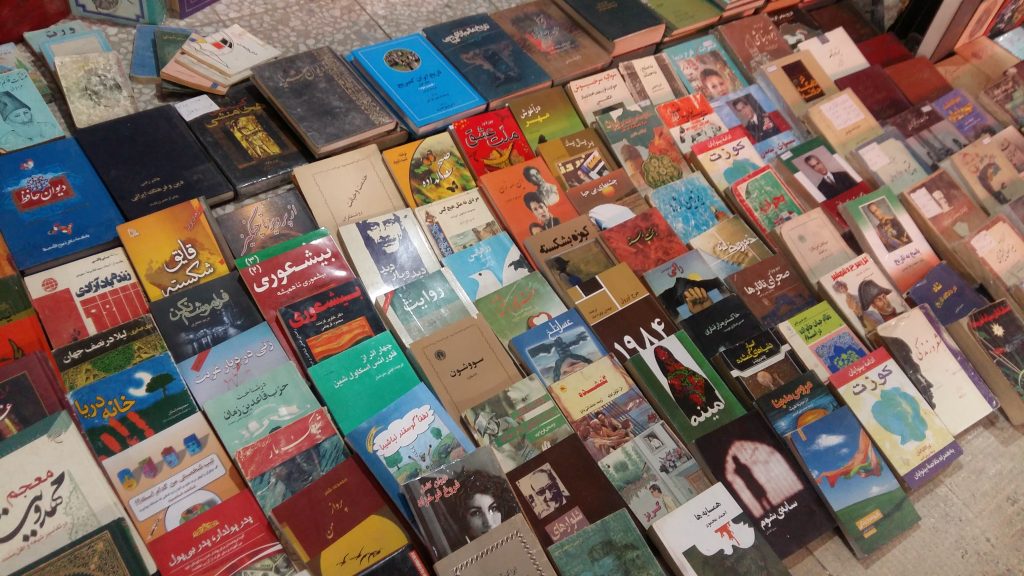
Timcheh and Saras are built on the sides of the bazaar at a distance of 50 meters from each other, including Timcheh Kashani, which is dedicated to the carpet, and Timcheh Mehr, which is dedicated to handicrafts, or other Timche such as Nowruz, Golshan, Aghaei, Nozari, Akbari, etc, each of which is dedicated to a specific product, such as clothing, book, carpet, etc.
The Architecture of traditional Bazar
Arak Bazar Complex is based on a pre-design. Its route is not curved, but the routes are orderly and have geometric symmetry. The order of the bazaar, with its numerous passages that cut it off, formed the basis of the chess texture of the old Sultanabad (Arak) city.
The Bazaar has two vertical axes, one 720 meters long on the north-south axis and 200 meters long on the east-west axis. Sub-passages are made perpendicular to the two main passages.
The north-south axis and the east-west axis intersect at a place known as Chahar Sough. In the past, there were four gates on the four sides of the bazaar, namely the Qibla Gate, the gate of Rahzan, the gate of Shahrejerd, and the gate of Haj Ali Naqi, which have been destroyed over time.
The internal roads of the bazaar are designed in such a way that it is possible for the population to move away quickly during accidents, especially fires. For this purpose, all saras and Timchehs have an exit door to the outside of the bazaar and are in contact with each other.
The roof of the bazaar is domed, and on the rooftop façade, the domes can be seen continuously on the two north-south and east-west axes. In the center of each dome, a polygonal skylight is installed, which in addition to the role of lighting, is also responsible for ventilation, and in architecture, it is called Horna.
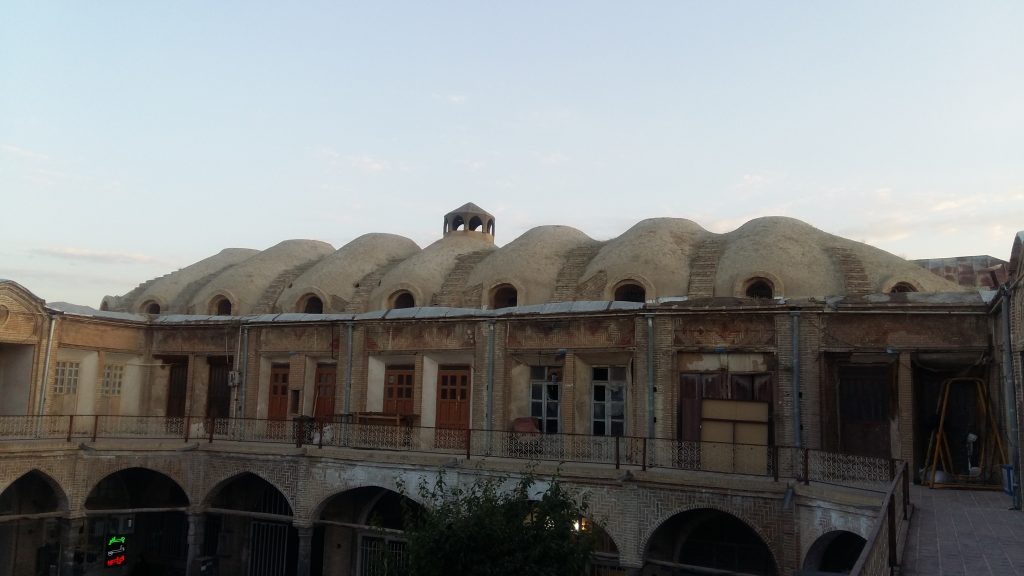
Due to the special architecture used in the construction of the bazaar, the air inside the bazaar is warm and pleasant in winter and very cool in summer, despite being covered.
Other building in Bazaar
sagha Khane
In traditional Iranian architecture, Sagha khane referred to small spaces in public passages that residents and merchants built to quench the thirst of passers-by. Sagha khane were usually large stone vessels in which drinking water was poured and chained to them.
Arak Bazaar has several Sagha khanes, one of them is Hazrat Abolfazl Sagha khane (which is one of the greats of the Shia religion).

Bathrooms
Arak Bazaar has four bathrooms. some of which have been converted according to time requirements. These baths include Chahar Souq Bath, No (New) Bath, Shaykh-ol-Islam Bath, and Firooze (Turquoise) Bath.
Water Storages
There were some Water Storage in Bazaar. The 200-year-old water reservoir of this bazaar was completely destroyed by the verbal order of Arak Municipality to increase the space of the students’ school. Due to its two roofs, this building was one of the rare buildings among the reservoirs in the country.
Mosques
There are some mosques in the bazaar of Arak, there are Haj-Taghi-Khan mosque, Gheble mosque, Ziaodin mosque, etc that still worked.
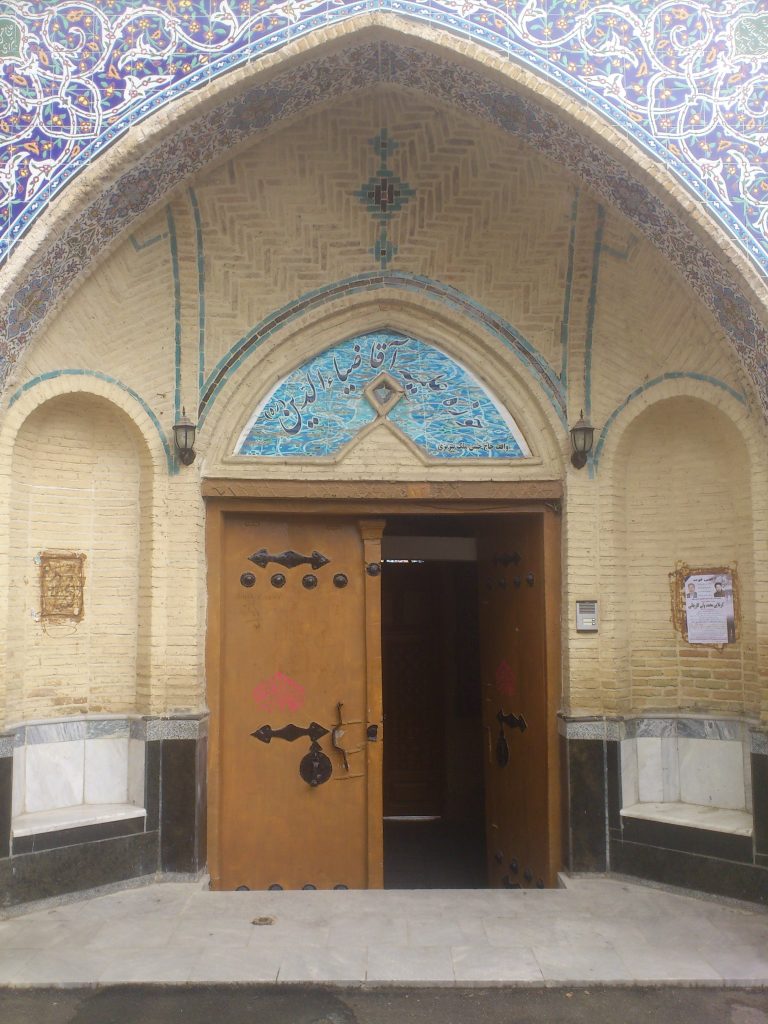
Religious Schools
Sepahdari’s school are In Arak Traditional Bazar, is one of the first school that was built in a traditional bazaar in Arak and many popular people studied in this school.
Houses
Some traditional house is located in this bazaar that now changes to museum-like Hasan Pour house.
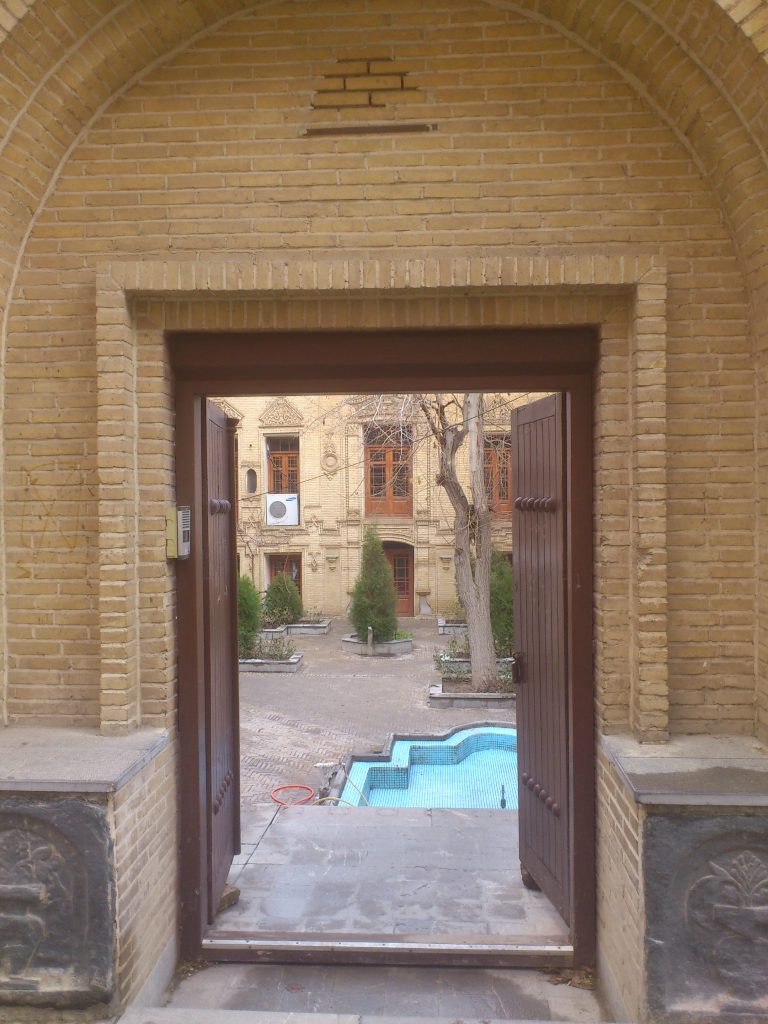
Where to eat near Arak traditional bazaar
There are many shops for buying souvenirs in Arak traditional bazaar.

There is a very beautiful traditional restaurant in bazaar called Saraye Mehr, it was an old step floor building that its first floor is a place for making & buying handicrafts. Another restaurant near the bazaar is Morvarid & Golpayegan Restaurant.
Where to stay near Arak traditional bazaar
There are small inns near Arak traditional bazaar, one of them is located in the center square of the city, which is close to Arak traditional bazaar at a very cheap price called Tohid inn, the other one called Sadr inn that is located in this street. the closest hotels to Arak traditional bazaar is the 5-star Amir Kabir Hotel, Zagros Hotel, and Aftab Hotel.
The best time to travel to Arak
The best time to visit Arak traditional bazaar is spring. Because the weather in Arak is very cold in winter & it is very pleasant In April and May, like most cities in Iran.
Other tourist attraction
Other attractive tourist attractions near Arak traditional bazaar include Soltan Abad Museum in Kashani sara in Bazaar, Hasan Pour House, Mafakher Museum that is both restaurant & museum, and Chahar Fasl Museum.
Location of Arak traditional bazaar
Arak traditional bazaar is located exactly in the the old texture of the city, in the street called Mohseni.
How to get to Arak traditional bazaar
There are many ways to enter the Arak traditional Bazaar but because AArak traditional bazaar is located in a busy place, there is heavy terrific most of the time.
To reach to Arak traditional bazaar, you can use public transportation such as buses or taxis.
By bus: Next to the bazaar, there is a bus stop.
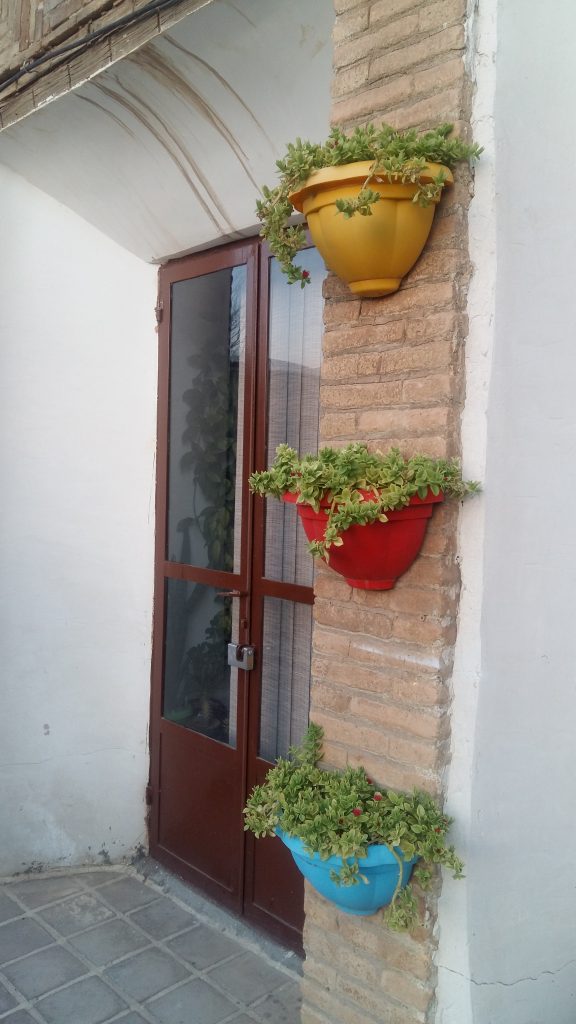
By personal car: If you want to rely on a personal car, only in one street you can find a parking place easily but there are park rangers that calculate your stopping time and receive money from you.


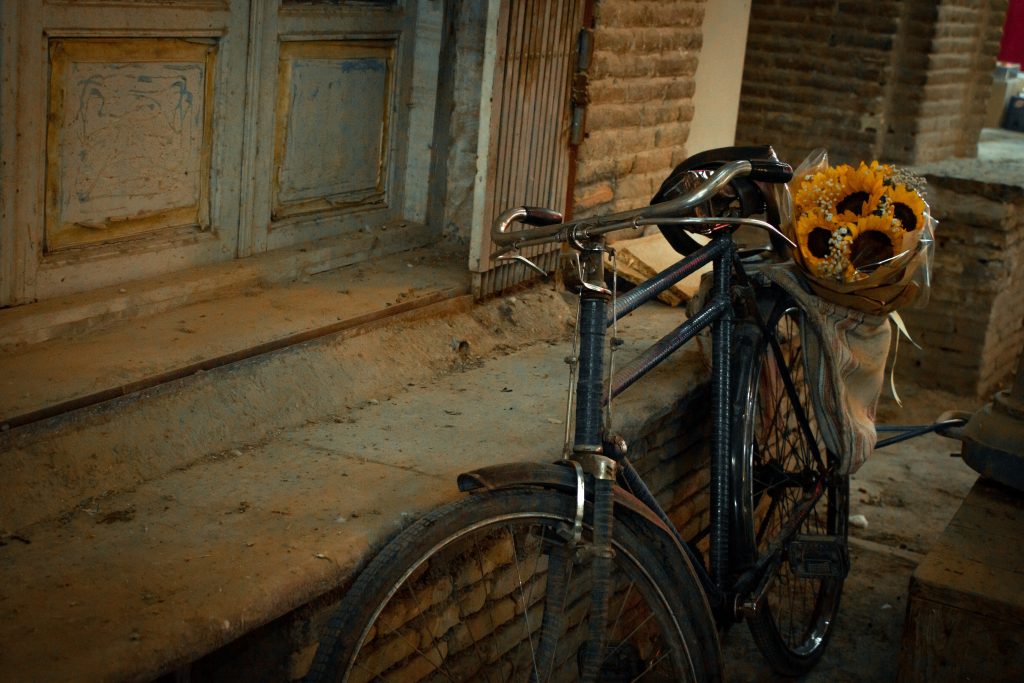
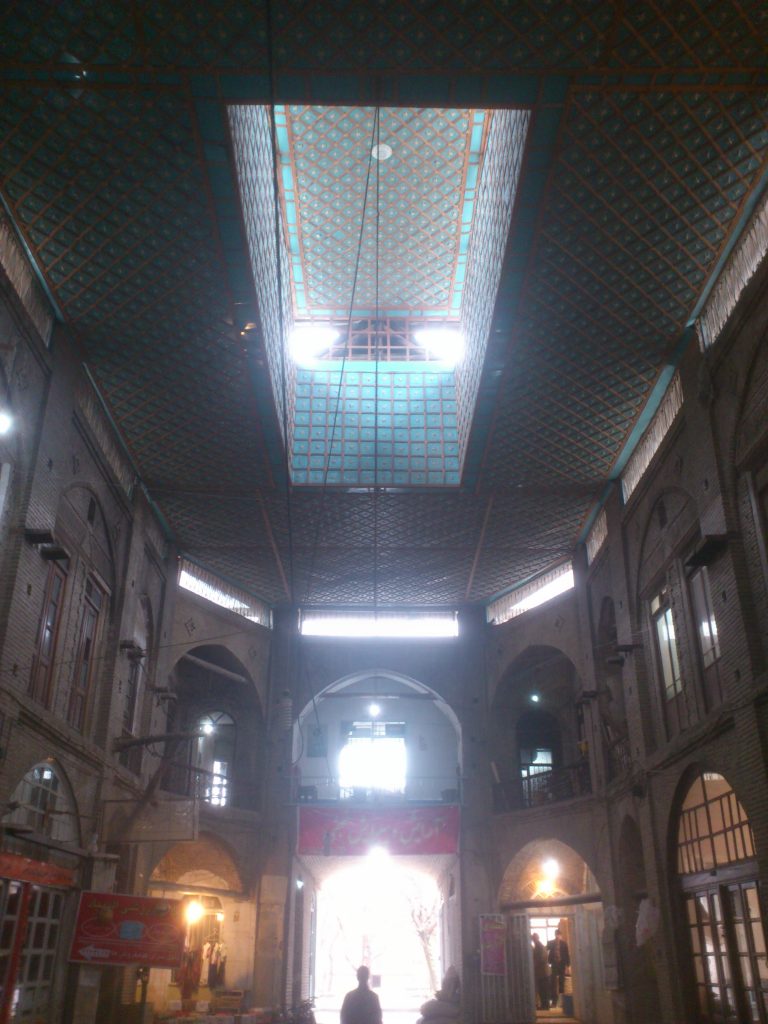





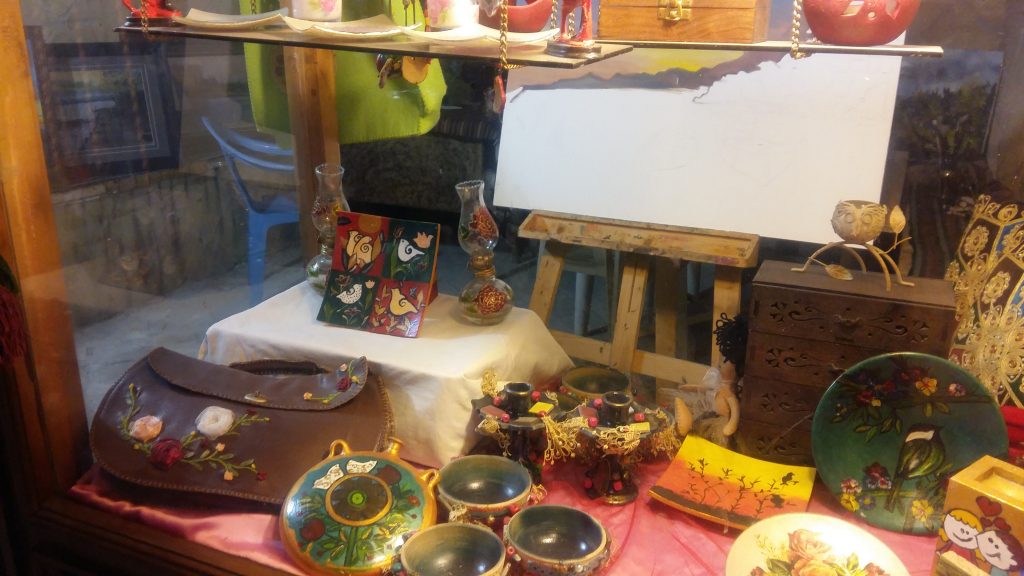
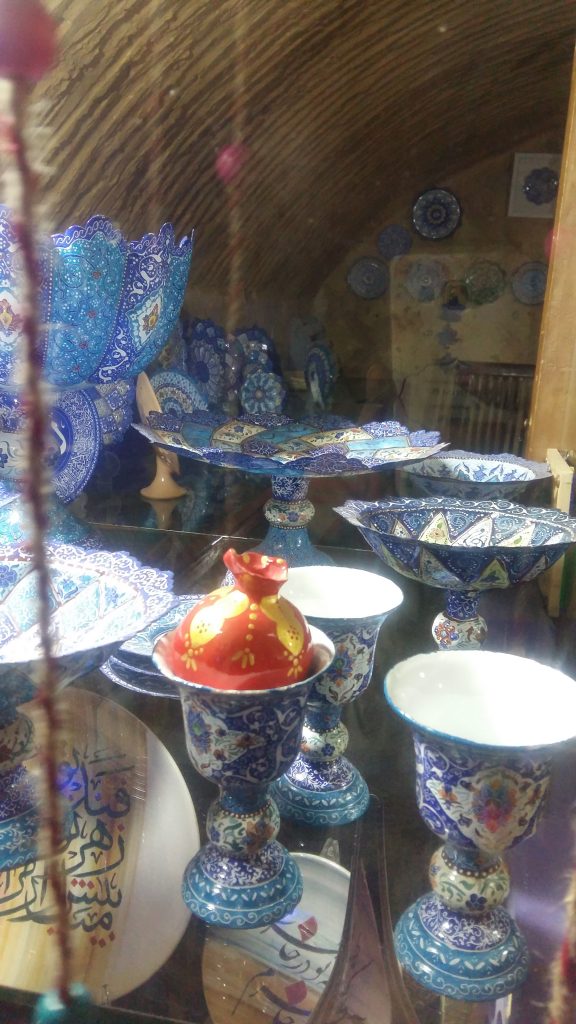
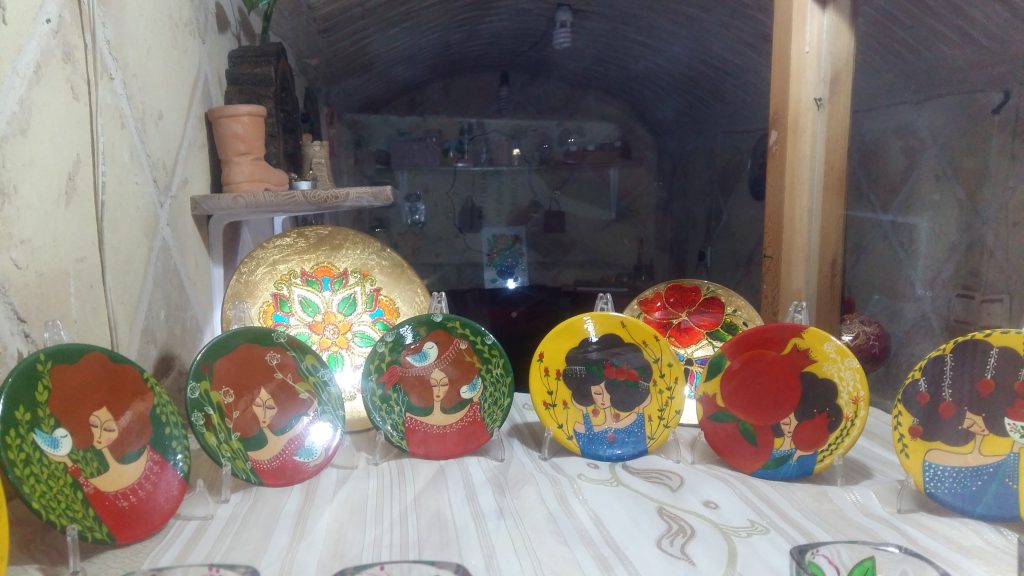


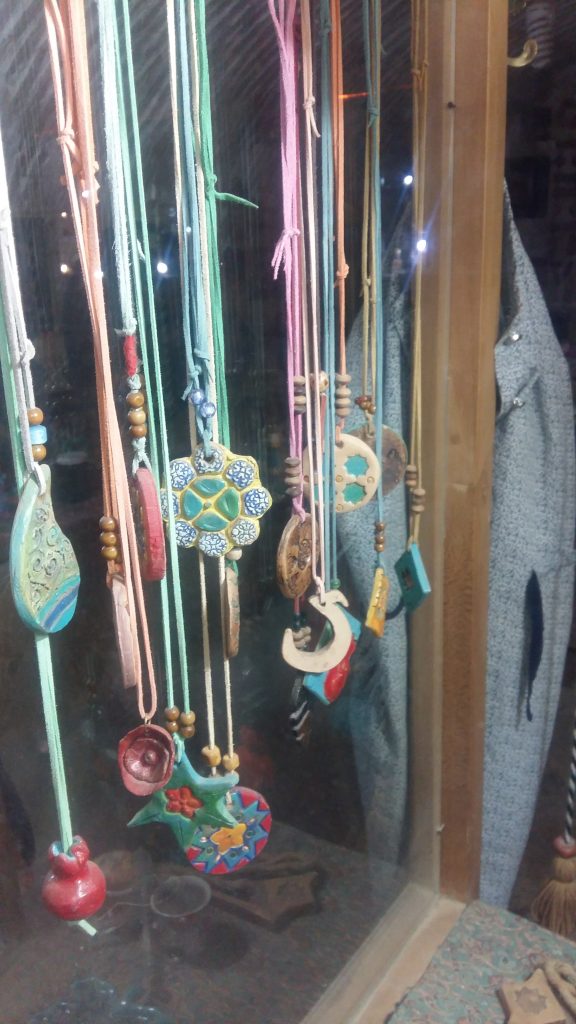
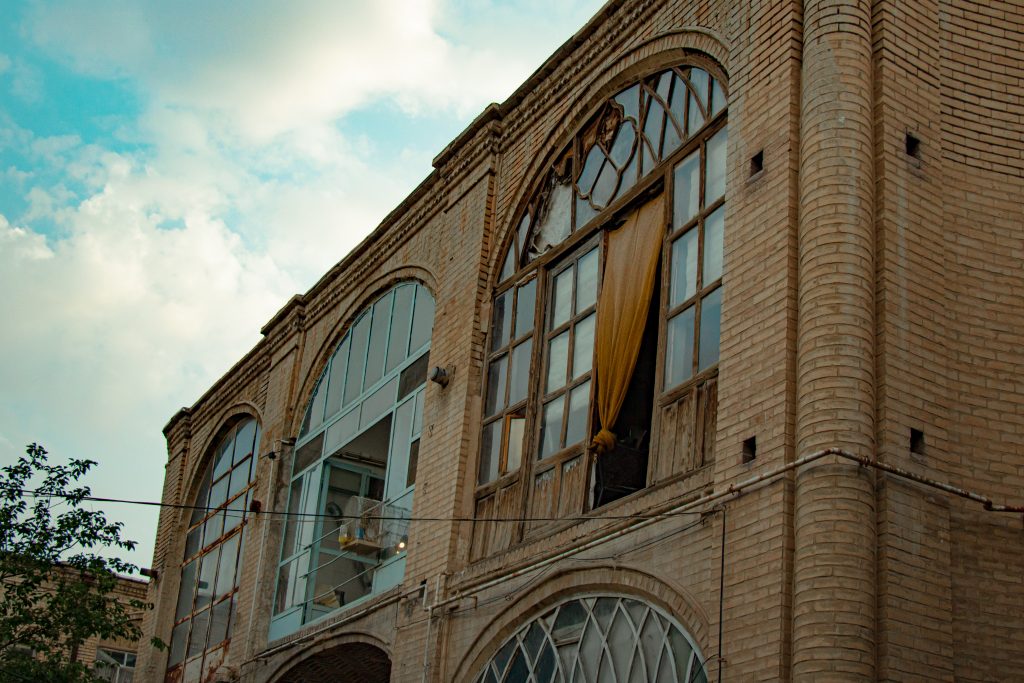
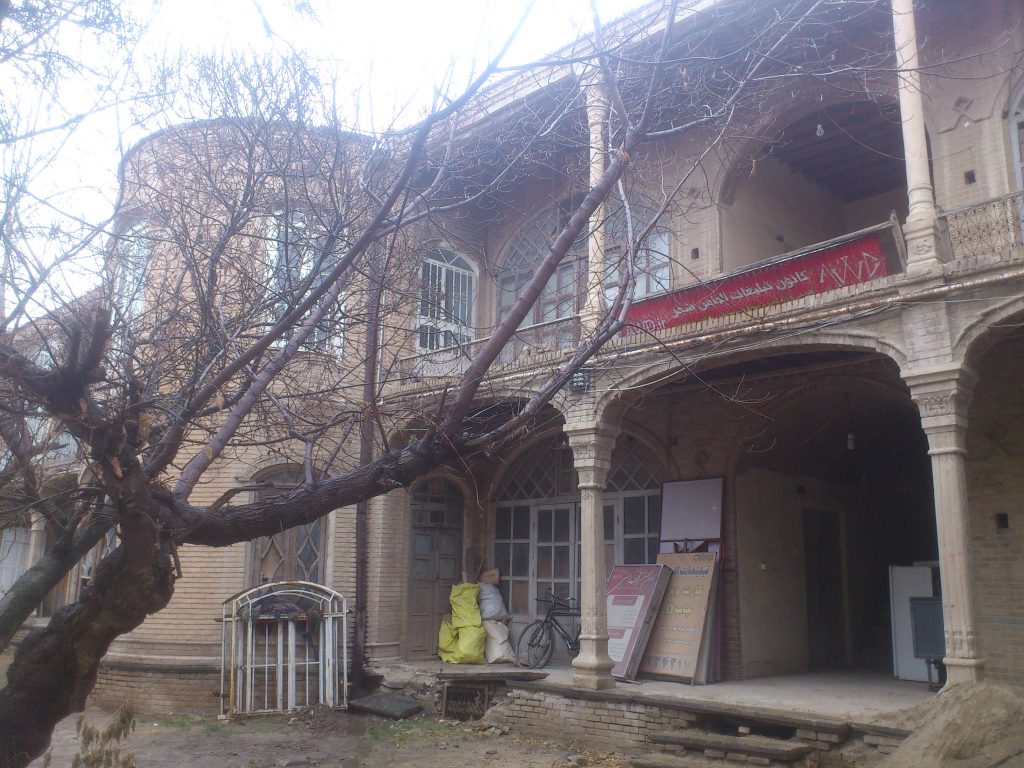
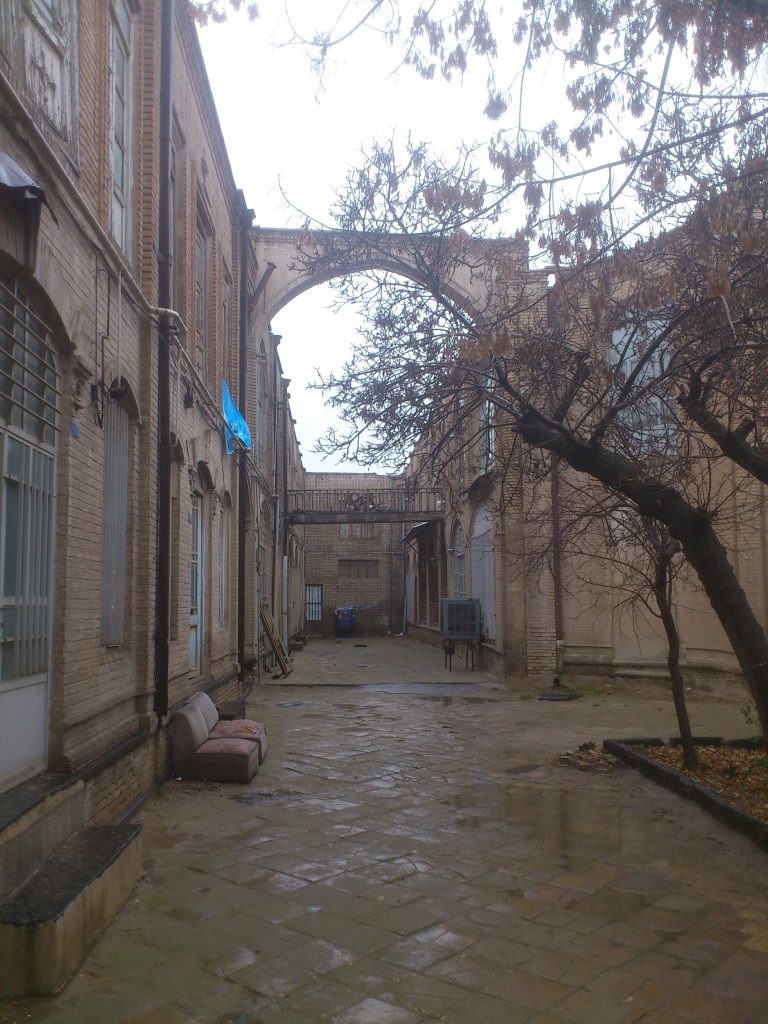
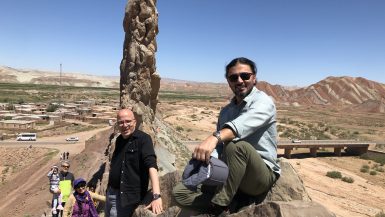

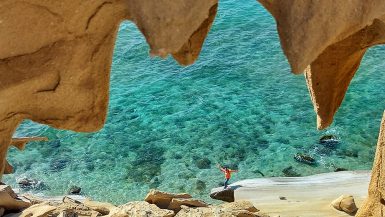
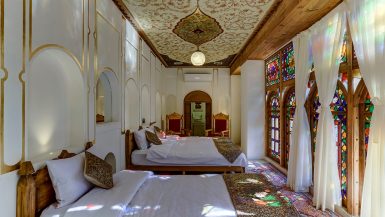
Leave a reply